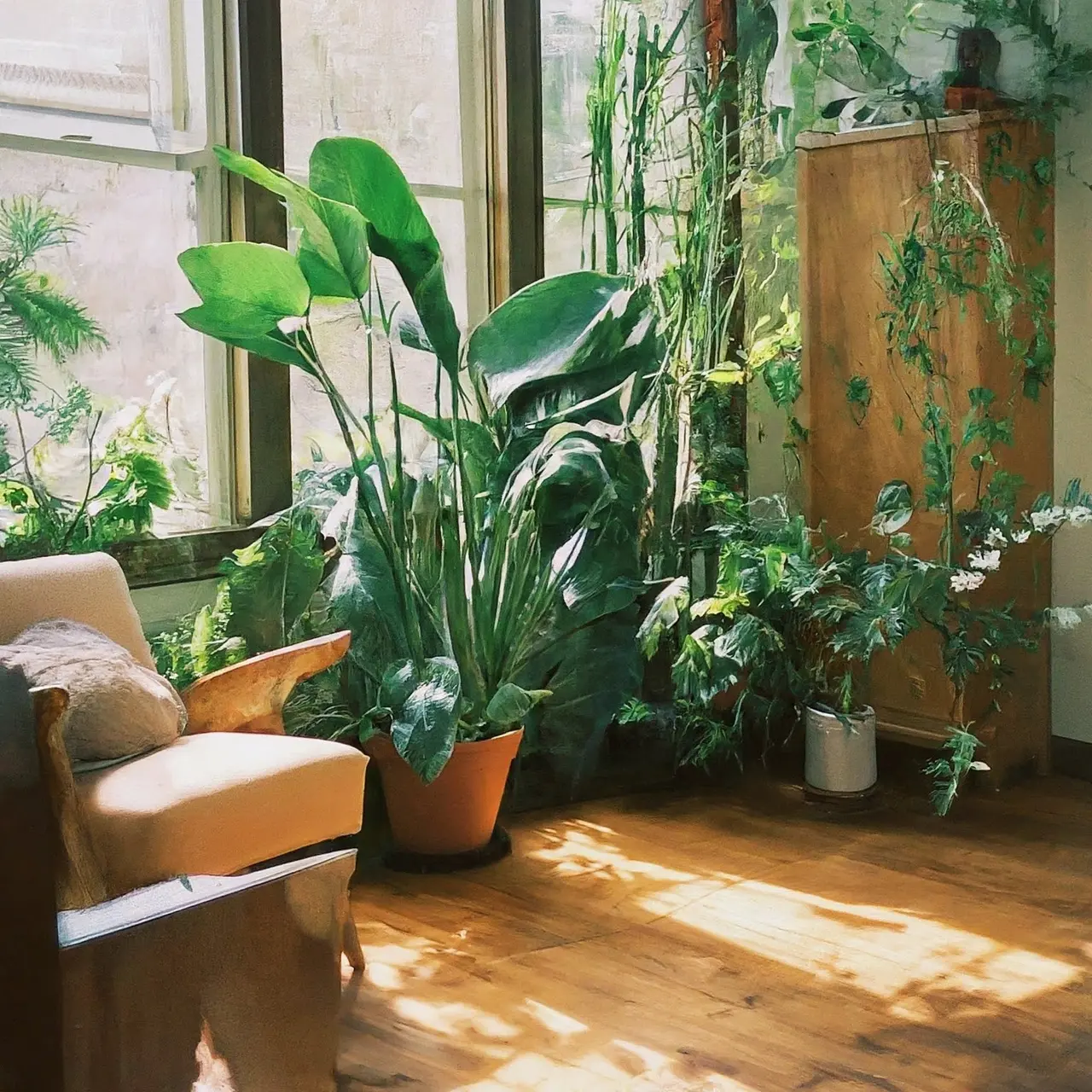How to Get Started with Biophilic Design in Your Home?
Embracing biophilic design in your home not only enhances its aesthetic appeal but also promotes well-being by integrating nature into your living spaces. This guide will walk you through the basics of biophilic design, offering simple, engaging steps to incorporate this concept into your home.
Understanding Biophilic Design
At its core, biophilic design is about bringing the outdoors inside and creating a natural environment in your living spaces. It’s more than just adding a plant or two; it’s about creating a deeper connection with nature through design. This connection has been shown to reduce stress, enhance creativity, and improve our overall well-being.
The principles of biophilic design extend beyond flora; they also include natural light, materials, views, and other elements that mimic the outdoors. Recognizing the patterns and forms in nature and replicating them in our living spaces can lead to more peaceful and productive environments.
Maximizing Natural Light
Natural light is a cornerstone of biophilic design. Maximizing the amount of sunlight your home receives can dramatically change how spaces feel. Consider larger windows, skylights, or lighter curtains to enhance light entry. Positioning furniture to catch the morning light can also invigorate your daily routine.
Mirrors strategically placed opposite windows can double the amount of sunlight entering a room. Reflective surfaces bounce light deep into spaces, making them appear larger and more open. Think about how you can rearrange your space to bring as much natural light in as possible.
Incorporating Plants and Greenery
Introducing a variety of plants into your home is a simple yet effective way to embrace biophilic design. Plants do not only add color and life to a room but also improve air quality. From potted plants and hanging baskets to vertical gardens and terrariums, there are endless ways to incorporate greenery into your home.
Choosing plants that fit your lifestyle and space is important. Low-maintenance succulents or snake plants are great for those new to plant care. For spaces with high humidity like bathrooms, ferns can thrive. And if your space is limited, consider a herb garden on the kitchen windowsill.
Using Natural Materials and Textures
Incorporating natural materials such as wood, stone, and bamboo into your home not only adds texture but also brings warmth and authenticity to the space. Furniture, flooring, and decorative items made from these materials can help forge a stronger connection to nature.
When selecting materials, consider their origin and sustainability. Reclaimed wood or locally sourced stone can add not only beauty but also a story to your spaces. Mixing textures like a soft wool throw on a leather couch can further enhance the natural appeal.
Optimizing Your Space with Nature-Inspired Layouts
Designing your layout to mimic the flow and openness of natural landscapes can help in creating a calming and inviting environment. Aim for open spaces that encourage movement and interaction, with clear views to the outdoors if possible.
Furniture arrangement can also play a significant role. Consider grouping seating in a circular formation to encourage conversation, mimicking the communal nature of gatherings. Incorporating a variety of heights in your furnishings can replicate the variety found in nature, making spaces feel more dynamic.
Adding Elements of Water
The soothing sound of water can have a calming effect, reducing stress and anxiety. Consider incorporating small tabletop fountains, wall-mounted water features, or even a fish tank. These water elements can serve as focal points and bring the soothing essence of nature into your home.
Improving Air Quality and Ventilation
Good air quality is essential for a healthy home environment. Beyond incorporating plants, consider enhancing natural ventilation through the strategic placement of windows and doors. This not only improves air quality but also helps to reduce the reliance on artificial heating and cooling, making your home more energy-efficient.
Integrating Aromatherapy and Natural Scents
Scents have a powerful effect on our mood and emotions. Integrating natural scents through essential oils, beeswax candles, or natural air fresheners can help create a more inviting and relaxing atmosphere. Choose scents that mimic the outdoors, such as pine, lavender, or eucalyptus, to enhance the biophilic effect.
Choosing a Biophilic Color Palette
Colors play a crucial role in biophilic design. Earth tones and nature-inspired colors can help create a more cohesive look that blends the indoors with the outdoors. Consider soft greens, warm browns, sky blues, and muted grays to paint walls or as accents in furnishings and decor.
Bringing the Outdoors In with Visual Connections
Creating visual connections with the outdoors can significantly benefit our well-being. Large windows, glass doors, or even strategically placed mirrors can help preserve a sightline to nature. Artwork depicting natural scenes or photographs of landscapes can also serve as windows to the outside world, enhancing the biophilic design of your home.
Embracing Nature in Your Living Space
Starting with biophilic design in your home doesn’t have to be overwhelming. By incorporating elements like natural light, plants, natural materials, and considering your space layout, you can create a more harmonious and healthy environment. Remember, the goal is to foster a deeper connection with nature, boosting your well-being and the overall ambiance of your home.












